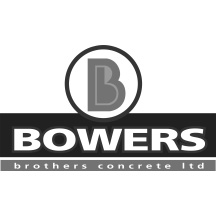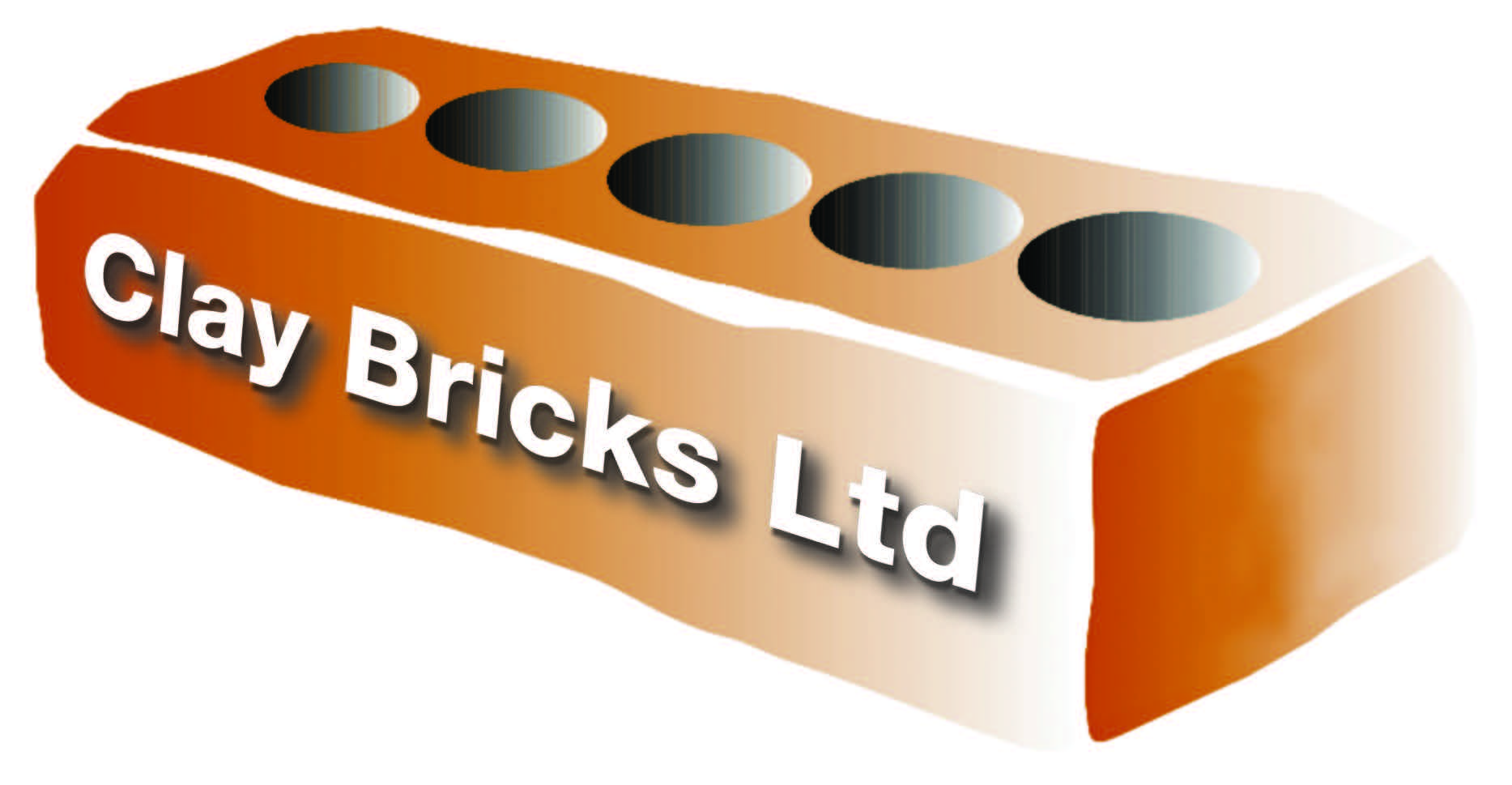A good bricklayer carefully plans their work prior to laying. This involves:
- Carefully reading ALL building consent documents and familiarising themselves with any standard cited in the documents before starting,
- Checking that the substrate has been properly prepared and sealed where required,
- Calculating how many bricks are going to be required (and ensuring that factors such as mortar thickness are taken into account),
- Checking the bricks supplied are correct as per the building consent and contract,
- Checking that there are no obvious issues/defects with the brick pallets provided,
- Checking that all pallets display the same batch number
- Identifying what cuts may be required.
Bricks should be laid to a straight line which generally involves running a string line at both ends of the wall. Bricks should be buttered to form perpends (“perps”).
NZS4210:2001 sets out the following tolerances for brick veneers walls:
|
Item |
Tolerance |
|
Deviation from vertical within a storey |
10 mm per 3m of height |
|
Deviation from vertical in total height of bldg. |
20 mm |
|
Relative vertical displacement between masonry courses. |
5mm on structural face |
|
Deviation from line in plan: (a)In any length up to 10m (b) In any length over 10m |
5mm 10 mm total |
|
Average thickness of bed joint, cross joint or perpend joint. |
10mm+/-3mm on thickness specified |
Tolerances cannot breach minimum cavity width requirements.
BRICK BLENDING
Bricks are natural products that are subject to colour variance between batches. ‘Blending’ is the process used to vary brick pallets as they are laid as a means of avoiding any unwanted patterns caused by a variance.
The Brick and Blocklayers Federation recommends that bricklayers select bricks and blend vertically from at least three pallets in order to achieve an adequate colour mix.
A bricklayer should also regularly check the veneer while laying from a viewing distance of 6.1m for obvious pockets of colour forming that may be unacceptable.
You can read the next section here:








